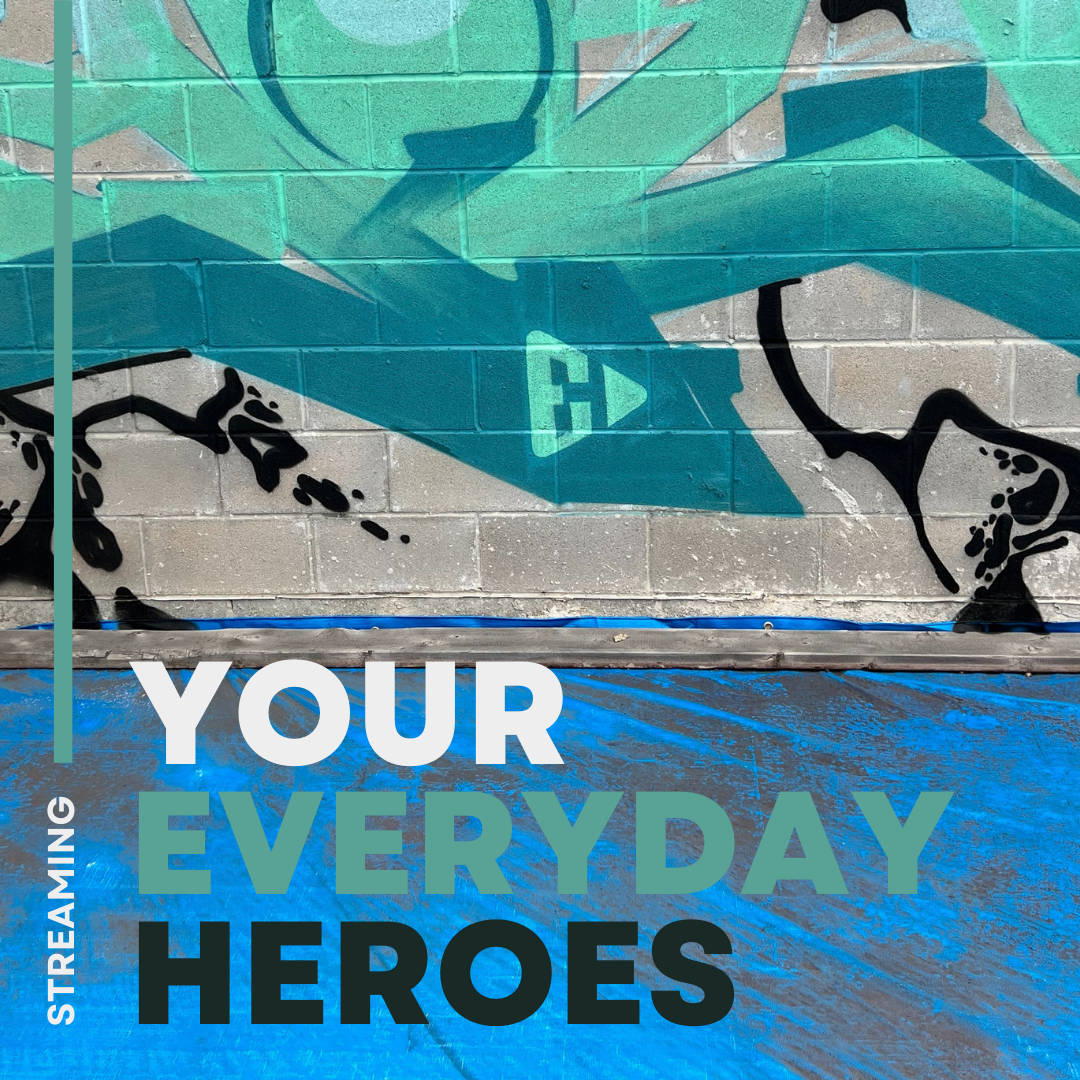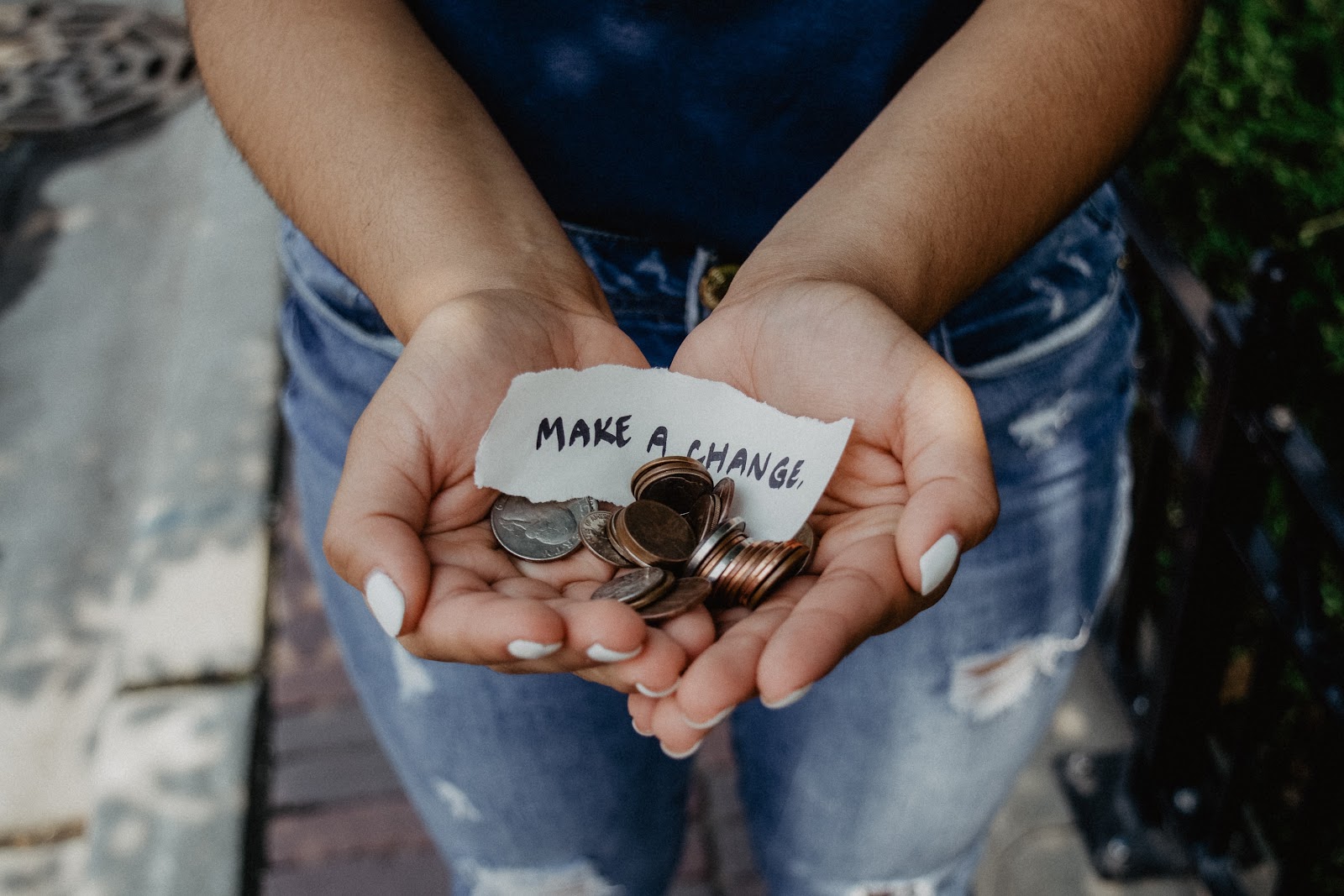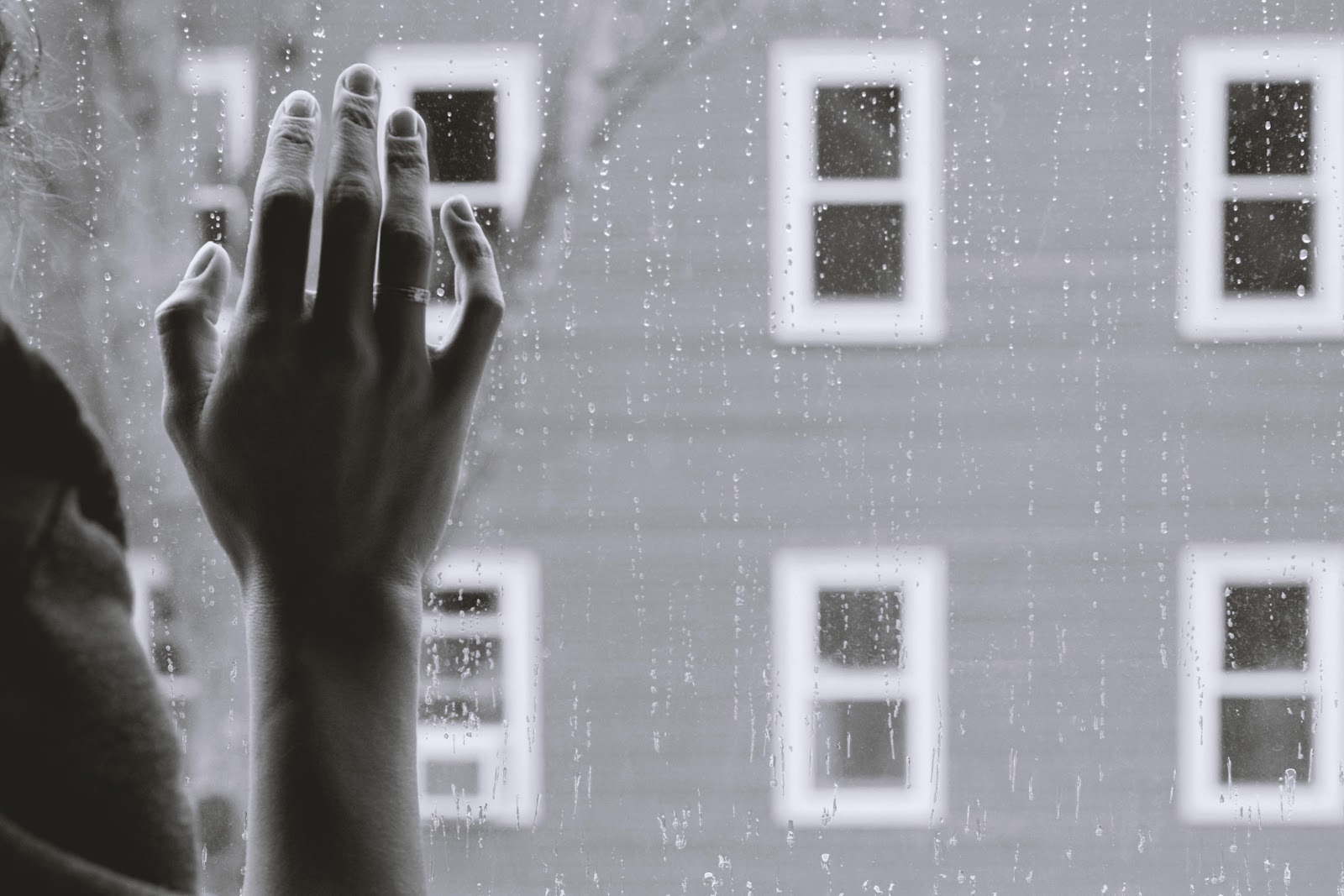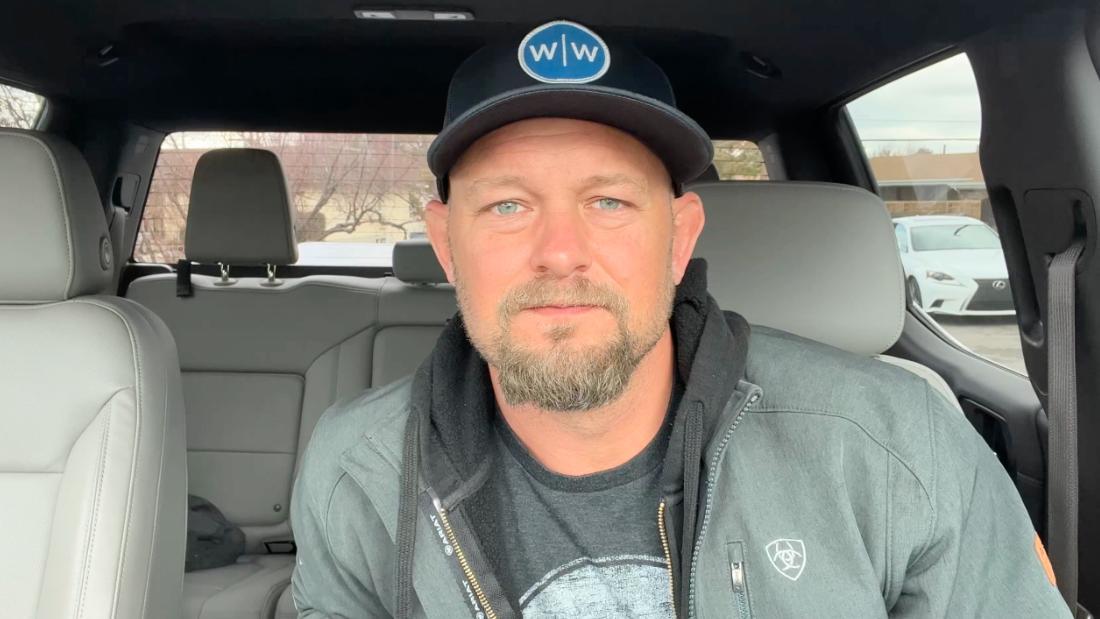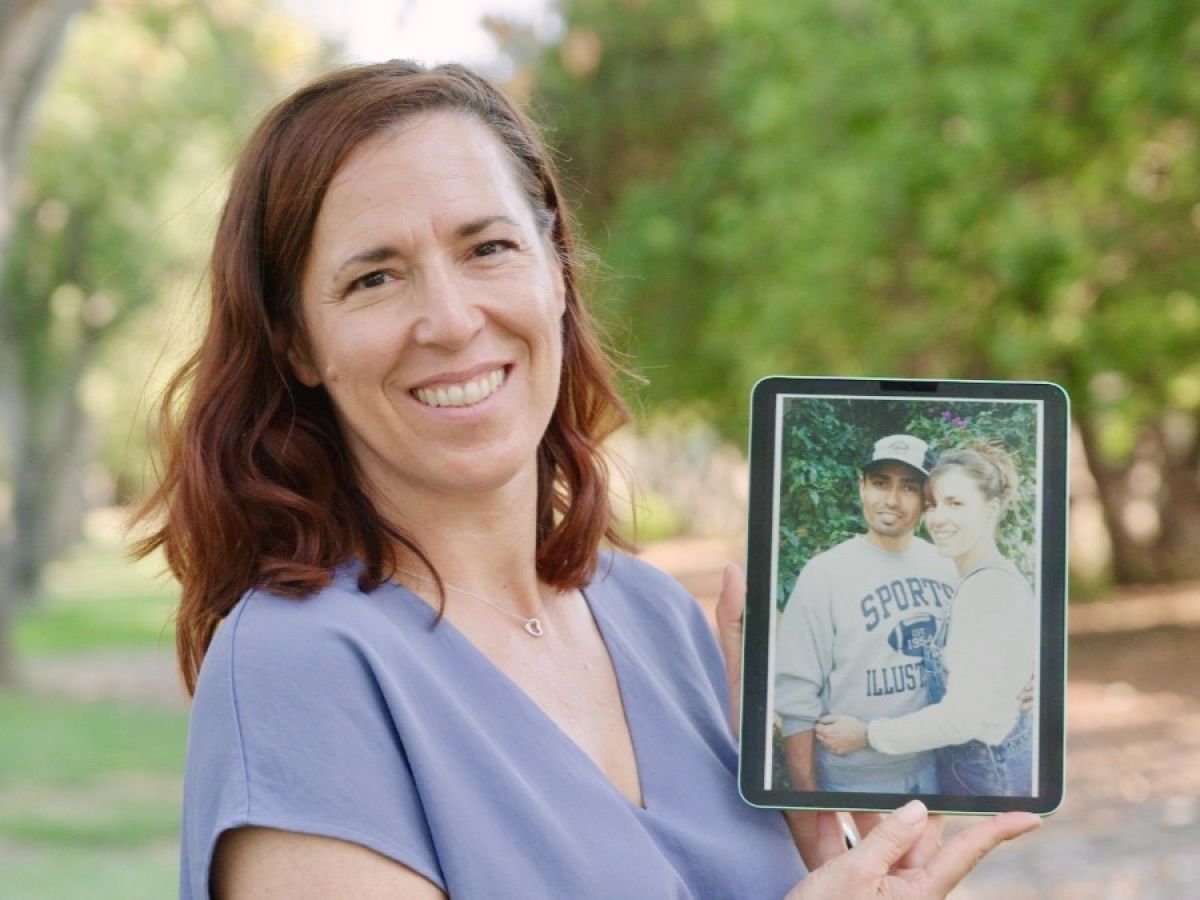Your Everyday Heroes highlights regular people who lead exceptional lives and positively impact the communities they serve through their inspiring actions.
Edgar Mora has helmed Ecuaplastic, an Ecuadorian plastic recycling plant, since its inception in 2009. The company specializes in the creation of construction materials, with the mission of giving a second life to plastic waste and transforming it into high quality items.
What Does Ecuaplastic Do For The Environment?
Edgar believes that the planet is on a rapid pace to self-destructing as a result of humanity’s footprint.
“There is plastic floating in the five oceans. There are five immense plastic islands… There is almost no turning back from that,” he warned. “But if we continue to generate waste at the current speed, the sizes of waste islands will be higher than those of inhabitable islands.”
According to experts like the National Geographic, Edgar’s not wrong to be alarmed. “The amount of plastic trash that flows into the oceans every year is expected to nearly triple by 2040 to 29 million metric tons,” the publication wrote.
“Of the 8,300 million tons of virgin plastic produced up to the end of 2015, 6,300 million tons have been discarded,” the BBC concurred. “Most of that plastic waste is still with us, entombed in landfills or polluting the environment. Microplastics have been found in Antarctic sea ice, in the guts of animals… and in drinking water around the world.”
Humanity is completely dependent on plastic and ceasing to use them would dramatically harm nearly every industry and the economy of the world. In Ecuador alone, 90% of plastic waste ends up in landfills.
Rather than focusing on eliminating plastic use, Edgar and his team have devised innovative ways to reuse them, in an fashion that he believes will create a “circular economy.”
How Does Ecuaplastic Upcycle?
Ecuaplastic does not recycle plastic, they upcycle the discarded material in a manner that creates a higher-quality product than the plastic which formed it.
“Recycling requires a lot of energy to convert trash into useful raw material. Upcycling, on the other hand, uses discarded material itself as raw material which eliminates the energy needed to recycle it,” EcoFriend noted.
Edgar and his staff have devised new ways to turn plastic into treasure, with Ecuaplastic able to produce construction material such as boards, planks, beams, and columns from the plastic bags.
They then use the upcycled materials to create sustainable homes that are incredibly affordable at $300 to $350 per square meter. “We want to eventually create buildings that have zero carbon footprint,” Edgar remarked about his mission.
How Ecuaplastic Works
At its inception, Ecuaplastic started with one factory that produced six tons of upcycled material a month. In its current capacity, the company produces 100 tons of upcycled product in the same time frame.
The majority of plastic waste comes from local merchants and garbage collectors that Ecuaplastic pays for discarded product.
“We try to buy mainly from the sidewalk recyclers. And at this moment there are 228 recyclers that are paid fair prices so that they can continue to maintain themselves, as they do not have formal jobs,” Edgar remarked.
The rest comes from Tetra Pak, a Swedish-Swiss food processing company that his happy to donate their plastic trash to Ecuaplastic.
Edgar hopes that his efforts to pioneer home construction from upcycled materials will one day become the new standard of modern construction.
Ecuaplastic’s Results Are Scientifically Proven
Ecuaplastic’s model of construction has been studied by universities all across the country. Central University of Ecuador completed a study that compared conventional methods of construction with Ecuaplastic’s use of upcycled material and concluded that the company had a “competitive upper hand.”
Through a partnership UDLA (University of the Americas) built a house for the Chicago Architectural Biennial using Ecuaplastic products, which is a major step towards getting their methods of construction being accepted across the globe.
Edgar Mora is an Everyday Hero
“For me, Edgar Mora is a hero because of the connection he has with society, with innovation, with academics, as well as his commitment to his family,” Oscar Jara, an Ecuaplastic architect said about the company’s founder.
Edgar doesn’t believe that he alone has heroic capabilities, as the company’s success is contingent on the hundreds of people who make Ecuaplastic function.
“I myself am not a hero. I am a hero alongside others,” he noted. “We are a group of people that contribute in different ways.”
Edgar is dedicated to creating a more sustainable blueprint for a better future, but it requires other companies around the world to expand on what he and his team have created.
“If we are going to dedicate ourselves to producing elements that damage the environment, I would demand that companies also be responsible with the treatment of their waste,” he stated.
To learn more about the innovations of Ecuaplastic’s upcycling techniques, watch Edgar Mora’s video at Your Everyday Heroes.
Meet More Of The Your Everyday Heroes Cast
Rodrigo Pacheco is a culinary celebrity who cares more about saving the environment than exploring his newfound television fame.
Pacheco is one of Ecuador’s most renowned chefs and is so massively talented that his unforgettable cooking techniques earned him a spot on the cast of Netflix cooking competition The Final Table.
In season one Pacheco and partner Charles Michel astonished the judges with their elegant food presentations until they were eliminated in the episode prior to the season finale.
After the show, the Ecuadorian chef returned to his native country to get back to work at his own applauded restaurant within the Casa del Abelo Art Hotel and Restaurant, and went on to launch Bocavaldiva, a sustainable restaurant and tourist destination on the coast of Puerto Cayo with his partner Dayra Reyes.
Bocavaldivia is far beyond a restaurant and tourist spot, it is actually its own ecosystem that was built on 200 acres of once barren lant that has prospered into an “edible forest” under Rodrigo’s overhaul of the land.
Pacheco planted climate resistant food species along with plants indigenous to Ecuador, which his staff then harvests to use in the restaurant and the surrounding communities.
“All the elements that work in a normal forest, we try to replicate into an edible forest,” he said in an interview with CNN. “They are native species… We’re just gathering all the edible species and putting them together in a place.”
The world-famous chef believes that the edible forests like Bocavaldivia could help feed hungry people across the globe.
“It’s possible to do this anywhere!” He believes. “As humans we have the capability to adapt, to be resourceful and resilient.
“These values can be applied anywhere. Cooks have become too comfortable; they need their equipment, their ovens. They wouldn’t light a fire in case of a power outage. I learned to use electricity as a fun resource, not as a main tool.”
More importantly, he thinks the practice is vital to the future of the planet.
“This is essential to combat climate change, to bring back biodiversity,” he remarked. “We create an ecosystem that will last for hundreds of years and when you maintain this ecosystem, you definitely see a different dynamic. We invest in the weather of the future.”
His work to help better the environment has been recognized on an international level. In 2021, Pacheco was appointed as a Ambassador of Good Will for the United Nations Food and Agriculture Organization. He uses his stage to campaign for regenerative food practices across the world.

